Cars die quietly. Their ‘look’ lasts six or seven years with mid-life changes, while their underbits generally go twice as long because they’re by far the most expensive components to change.
Sales typically peak a couple of years before the end, and by the time the Grim Reaper arrives, the manufacturing company has long stopped talking about the outgoing model and is well down the road with noise about its replacement.
So it is with the Zoe, Renault’s pioneering volume electric car. Production officially ceased on 30 March 2024 (though in reality it stopped well before Christmas), with about 400,000 units sold across Europe.
Renault has been publicising the Zoe’s replacement, officially called the Renault 5 E-Tech, since 2021 when it appeared as a concept to herald the all-change ‘Renaulution’ plan devised by its newly arrived CEO, Luca de Meo. We now know that closely related all-electric Renault 4 and Twingo models are waiting in the wings.
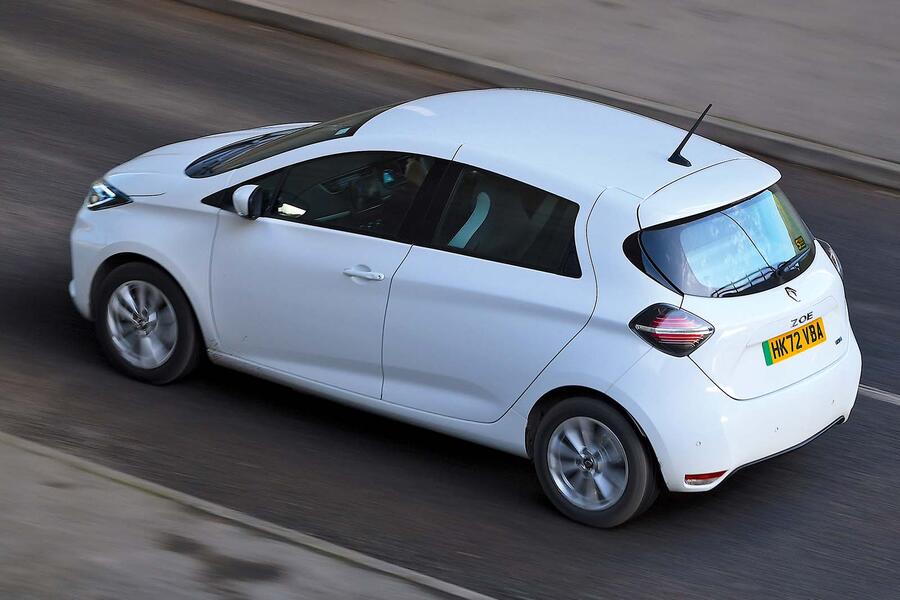
Yet in some ways, the Zoe, for all its rule-busting 12 years in production, doesn’t warrant replacement nearly as urgently as most outgoing models do. Several rounds of minor styling tweaks have maintained a modern look; they have almost been too successful. The Clio-related interior package remains generous in modern terms. And the Zoe is still one of the lighter and more compact small EVs available on the market.
True, that 1500kg kerb weight doesn’t exactly make it a featherweight against outgoing petrol and diesel superminis (they weigh more like 1100-1200kg) but it’s a clear tonne lighter than the EV behemoths much of Europe’s motor industry has been encouraging us to buy.
At more than twice the price, they’re much more profitable to sell, even though for many they’re too expensive, less agile and needlessly vast. And they leave room for the much-feared cheap Asian imports.
Here, however, is where the logic ends and emotion steps in. I’ve admired the Zoe ever since I first saw it as a concept in 2009, and especially after I started driving it three or four years later.


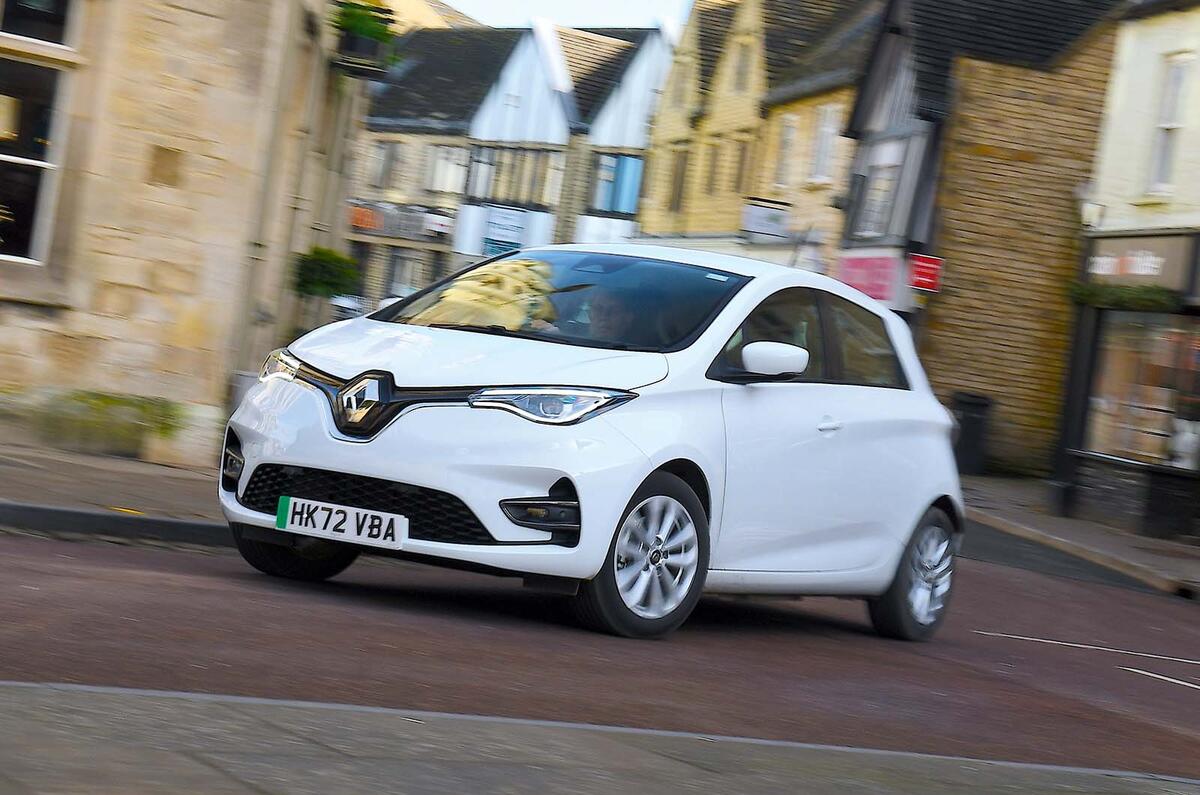

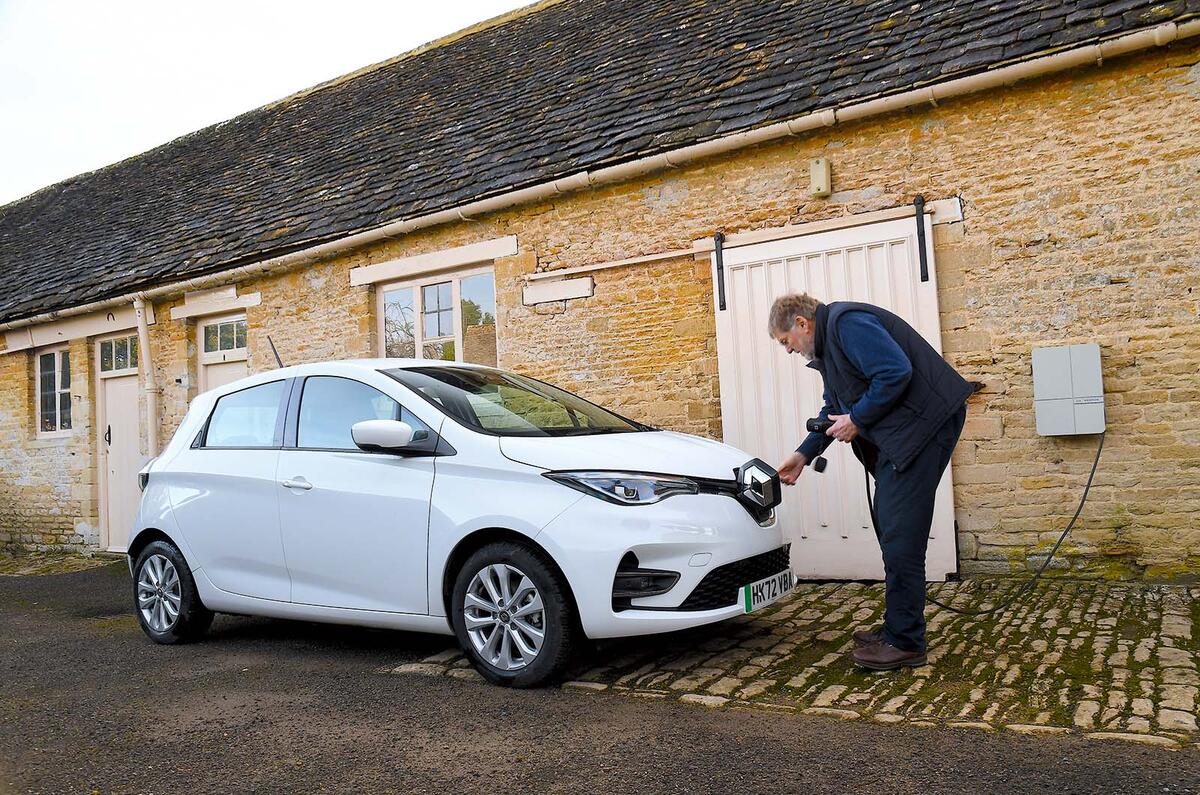
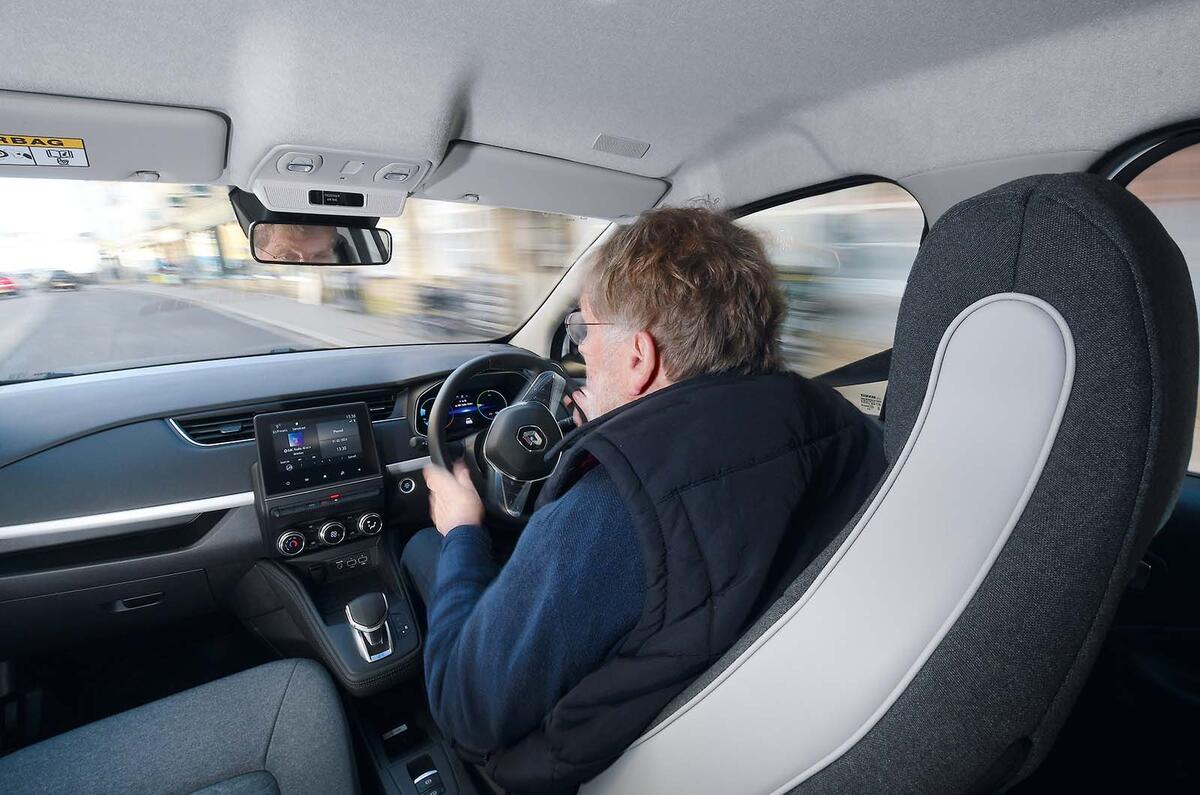
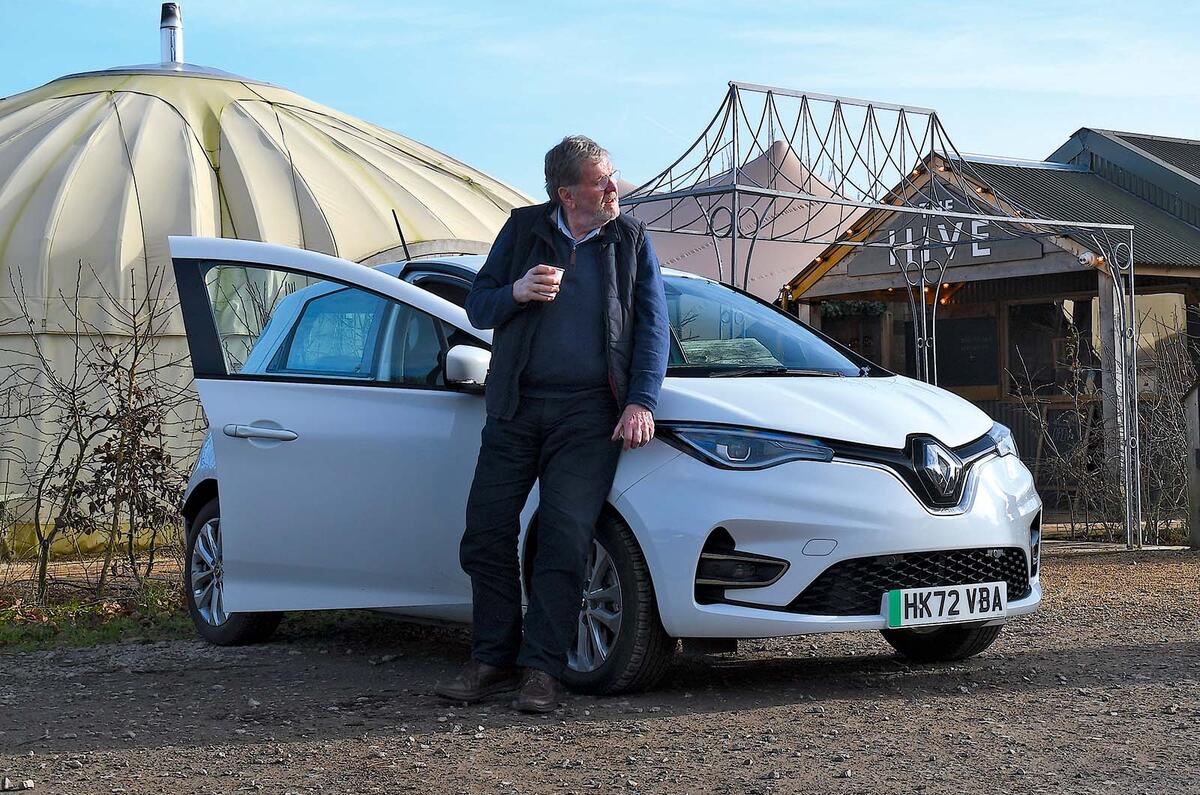
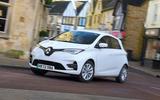
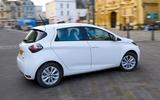
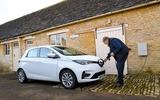




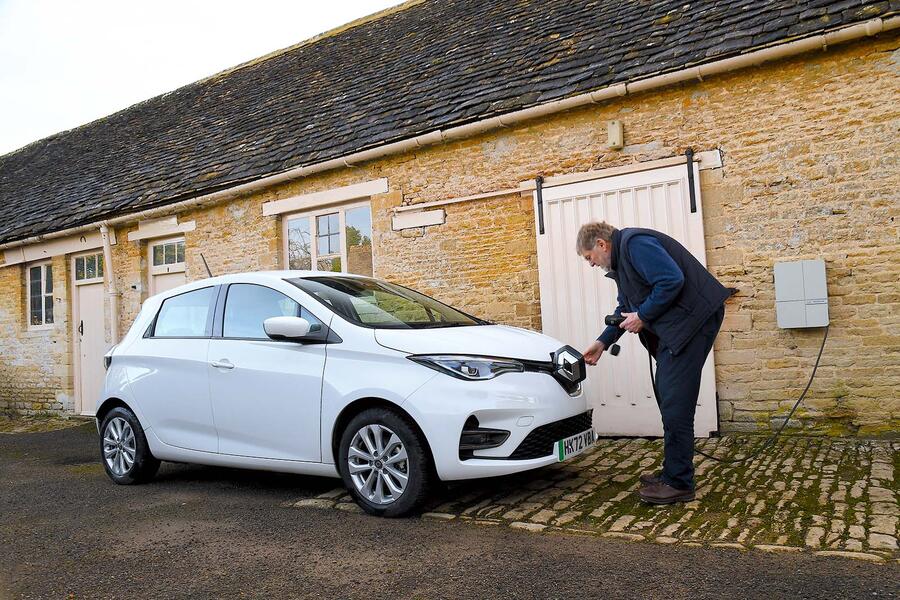
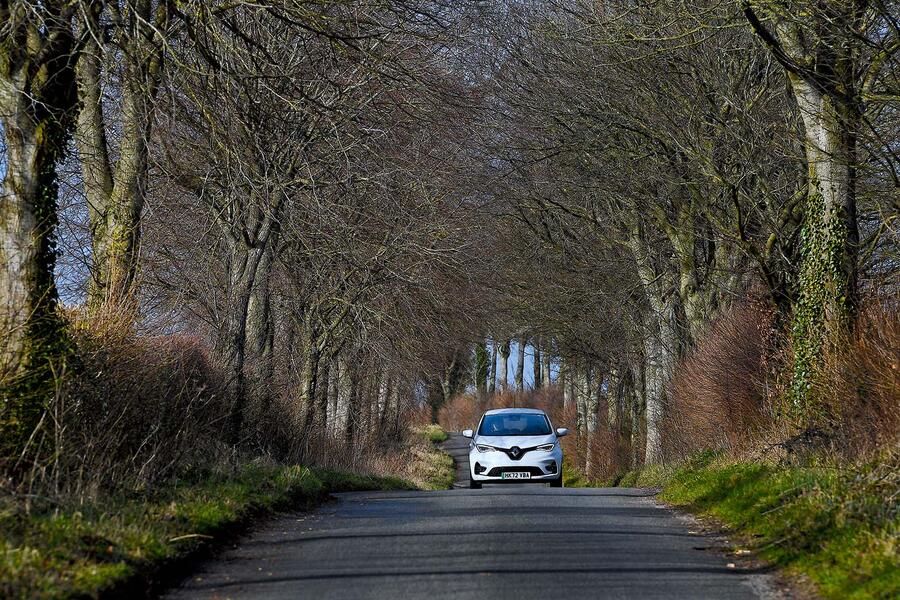





Join the debate
Add your comment
At least part of what killed the Zoe was EuroNCAP re-testing the ZE50 version in 2021.
They gave it zero stars because Renault had down-graded a side airbag and hadn't installed the lengthy list of shiny new passenger safety gadgets that EuroNCAP increases every 2 years.
Surely its not going anywhere? Isnt the R5 just a re-skin of the Zoe, down to those hidden rear door handles? The silhouette is pretty much the same, even if the styling is being revampt.
Zoe is based on the Renault-Nissan B Platform, the 5 E-Tech will use the CMF-B Platform. The wheelbase is different. Concealed rear door handles are a common design feature seen on many cars for quite a few years now.